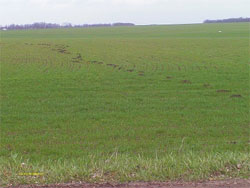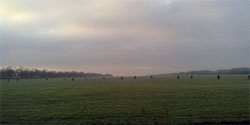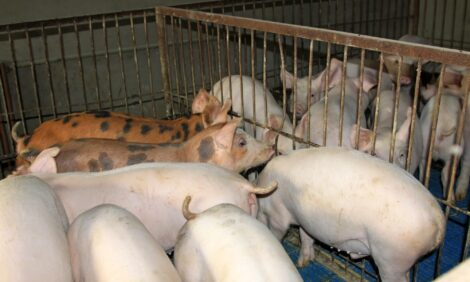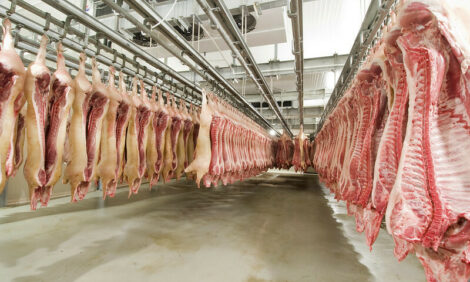



Russia: Hog Markets
RUSSIA - The economics of pork production in Russia have not changed much since our last report, writes Paul Flint from Genesus Russia.Feed costs remain higher than year to year averages and live hog prices remain lower, year to year. The Russian currency is the ruble. When converted today to US dollars, producers are receiving the equivalent of $1.02/lb. USD for a market hog. So profitability per pig remains in the $6.00-$10.00 USD range. Light pigs, boars and sows brought $1.26 USD last week.



Ractopomine... There are a number of media outlets covering the story of the banning of US meat to Russia. The local "slant" is quite different than what we read on the internet or hear from our US friends. When the question "why" is asked, the answer is simple "BECAUSE THEY CAN!" Clearly the decision made by Russia to put the temporary ban on all meat from the US is not science based. Fueled by other issues, particularly one of lower profitability, one thought is that by limiting imports, prices will rise creating profits. In turn this will drive expansion created by subsidies. The 3 of the largest, integrated pork producers in Russia are in expansion mode. Remember, by no later than 2020 the goal is to stop importing meat into the country.
An interesting report from a customer. This new farm starting selling market pigs in October and has established some buyers. One tool they use is showing carcasses to perspective packers and order buyers. It’s common and acceptable to invite packers into a cooler and show carcass quality. What started as a limited amount of buyers for 1,500 pigs per week they have established a waiting list. There is also interest in specialty marketing.
Authorities recently announced that the quarantine for African Swine Fever in the Krasnodar region has been lifted. (Geographically think Minnesota and Iowa). Although the announcement was made 3 weeks ago, it doesn’t take effect until 1 July. Animal movement has been limited to within the region since last summer.
Spring is here in south Russia, 750 miles south of Moscow. Many gardens are planted and up. The wheat crop has been fertilized and timely rains have the winter wheat crop lush and growing. Spring wheat has been planted too. As the world’s largest wheat producer and it’s important in feedstuffs for livestock there is optimism for high yields. Achallenge is there are moles that burrow and damage the crops. Below are pictures showing the damage. The other picture shows the solution. Armed with buckets of bait and a stick, workers walk the fields “bating”. A tractor follows with a large bait supply to keep their buckets full.







